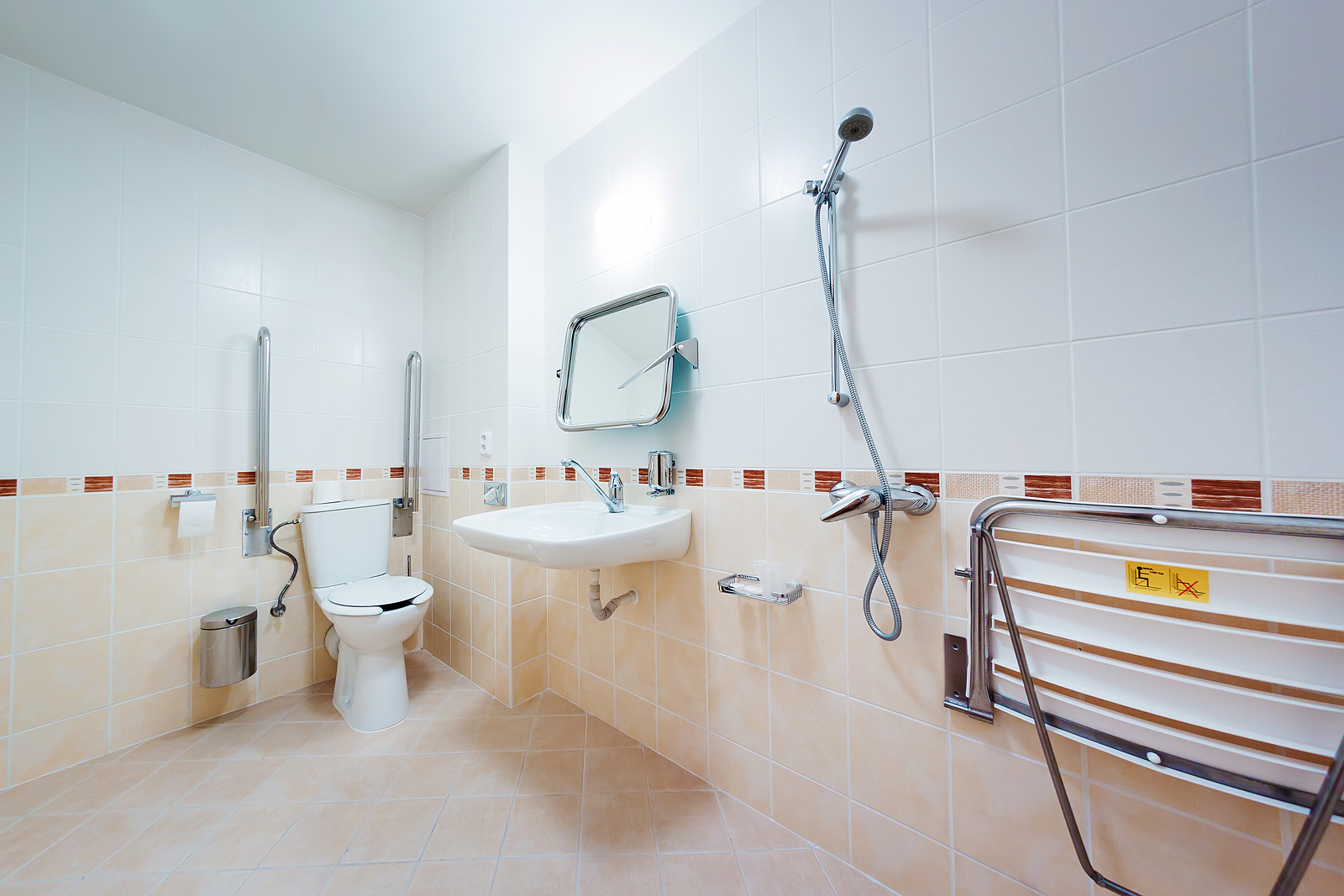
Ageing In Place: What’s Holding Us Back?
It’s well documented that the UK has an ageing population, with record numbers of people living to 100 now being recorded and life expectancy increasing all the time.
However, the most recent Centre for Ageing Better’s State of Ageing report for 2023-2024 has found there is an increasing divide between demographics when it comes to our experiences of getting older, with poorer people in worse health and living shorter lives.
It was also found that more people are now living with major disabilities and illnesses as they get older, concerns that are exacerbated by the homes they live in, many of which pose significant health and safety risks.
There are now millions of people living in homes that have trip hazards and are both damp and cold. This in itself is bad enough but when coupled with spiralling energy costs and the cost of living crisis, people are now being forced to cut back on heating their homes – which is putting their health at even more risk.
Of the 3.5 million non-decent homes that exist in England, some 49 per cent are lived in by someone over the age of 55. Furthermore, the number of over-50s living in private rental accommodation has been climbing steadily over the last 20 years or so and the highest proportion of non-decent properties can be found in this housing sector.
This means that older private renters are now likely to live in homes of poorer quality, restricted in their abilities to hold landlords to account and without the financial means to carry out repairs, make necessary adaptations to cover evolving physical needs, or to find more suitable accommodation.
As such, it’s becoming increasingly difficult for people to remain independent and age in place, which is the aim for the majority of those above a certain age. Strategic Society Centre figures show, in fact, that 80 per cent of older homeowners are keen to stay where they are.
The problem here, however, is that housing stock in the UK is currently not well suited to facilitate this, despite the fact that making properties more accessible and adapting them to accommodate a change in needs can delay the necessity for residential care by four years.
What the Centre for Ageing Better is now keen to see is a move away from the viewpoint that home adaptations are a symbol of frailty, but rather a desirable feature for homes to have, features that can allow people to remain in the comfort of their own homes for as long as possible.
For example, doorways could be made wider to accommodate wheelchairs, counter tops in the kitchen could be lowered, ramps could be installed outside, walk-in showers and easy access baths could be a standard feature, flooring in kitchens and bathrooms could be anti-slip, appropriate lighting systems could be installed… there’s a huge amount that could be achieved, with relatively little strategic planning.
If you are currently concerned that your home may not be fit for purpose as you get older, get in touch with the Practical Bathing team today to see how we can help make it safer and easier to use, even as your needs change and evolve.










